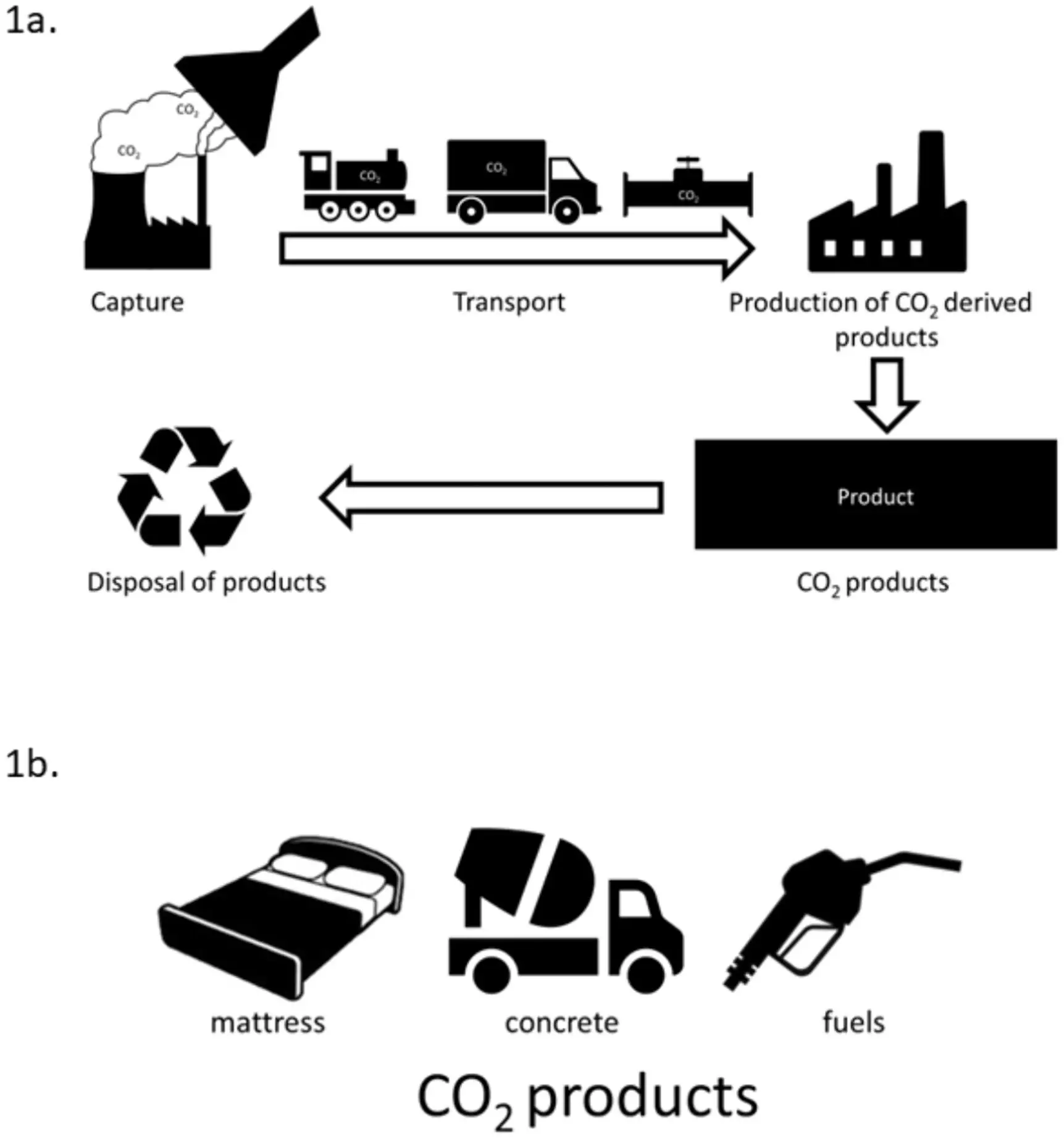As the world grapples with the escalating impacts of climate change, diverse technical and policy solutions are being evaluated for their potential to alleviate the crisis. Among these, carbon capture and utilization (CCU) has emerged as a promising technology that can capture carbon dioxide from the atmosphere and convert it into valuable products like fuels and materials. However, the effectiveness of these technologies heavily hinges on their acceptance by the public, as highlighted by a recent study from the University of Michigan. This article delves into the nuances of public perception surrounding CCU and explores the implications of these findings for climate policy and technology development.
The study led by Kaitlin Raimi from the Ford School of Public Policy emphasizes how various dimensions of CCU influence public attitudes. Interestingly, while there is a general acceptance of CCU as a tool for emission reduction, the local implementation of such technologies faces distinct resistance. Citizens often view CCU favorably at a conceptual level, but hesitance emerges when it entails the establishment of local facilities or infrastructural changes that could affect land use. This disparity highlights the importance of engaging the public in an informed discussion about the practical implications of deploying such technology in their communities.
The research indicates that many Americans perceive CCU as more beneficial to the economy than to their health or the environment. This perception is crucial; it frames the narrative around CCU not just as an environmental solution but also as an economic opportunity. Yet, this positive outlook is tempered by awareness of potential adverse effects, such as land use modification and local pollution stemming from CO2 leakage. Therefore, while the technology presents economic prospects, it also raises valid concerns among the public, particularly in areas where communities have historically dealt with environmental degradation.
Demographic Disparities in Support for CCU
The study also unearths significant demographic differences in support for CCU technologies. Environmentalists generally expressed strong support, while those wary of technological interference with the natural order were more skeptical. Additionally, the findings indicate that racial and ethnic minorities exhibit greater apprehension regarding local environmental risks associated with CCU than their white counterparts. This discrepancy may be rooted in their historical experiences with environmental threats and injustices, underscoring the need for inclusive dialogue that takes into account the fears and concerns of diverse communities.
Gender Dynamics in Technology Acceptance
The analysis revealed another layer of complexity: gender differences in perceptions of CCU. Men showed greater enthusiasm for the technology, alongside more optimism about its potential health and economic benefits compared to women. Such gendered attitudes may stem from differing societal roles and access to information on technological innovations. It indicates that stakeholder engagement must also be gender-sensitive, recognizing that women may have unique perspectives and concerns regarding new technologies’ implications on health and the environment.
The Need for Inclusive Stakeholder Engagement
Given the varied landscape of public opinion on CCU, the study underscores the necessity for comprehensive stakeholder involvement in decision-making processes regarding the technology. Policymakers and industry leaders must prioritize inclusive discussions that encompass diverse perspectives, ensuring that community voices are heard when planning new CCU facilities or introducing products to the market. This participatory approach is crucial in mitigating fears and enhancing public trust, ultimately facilitating broader acceptance of CCU and other emerging climate solutions.
Despite the potential of CCU and various technologies in combating climate change, the study highlights a troubling reality: public apathy and polarization concerning climate issues remain prevalent in the United States. This inertia poses challenges for momentum-building efforts aimed at climate mitigation. Therefore, fostering a culture of awareness and engagement is essential not only around CCU but across the spectrum of climate solutions. As the research suggests, opening dialogues between experts and laypersons could bridge awareness gaps and encourage a cooperative approach to addressing climate challenges.
While carbon capture and utilization stands out as a viable technological advancement for mitigating climate change, public acceptance remains complex and multifaceted. A nuanced understanding of the public’s perceptions, concerns, and demographics is crucial as we navigate the path forward in climate policy and technology integration.


Leave a Reply